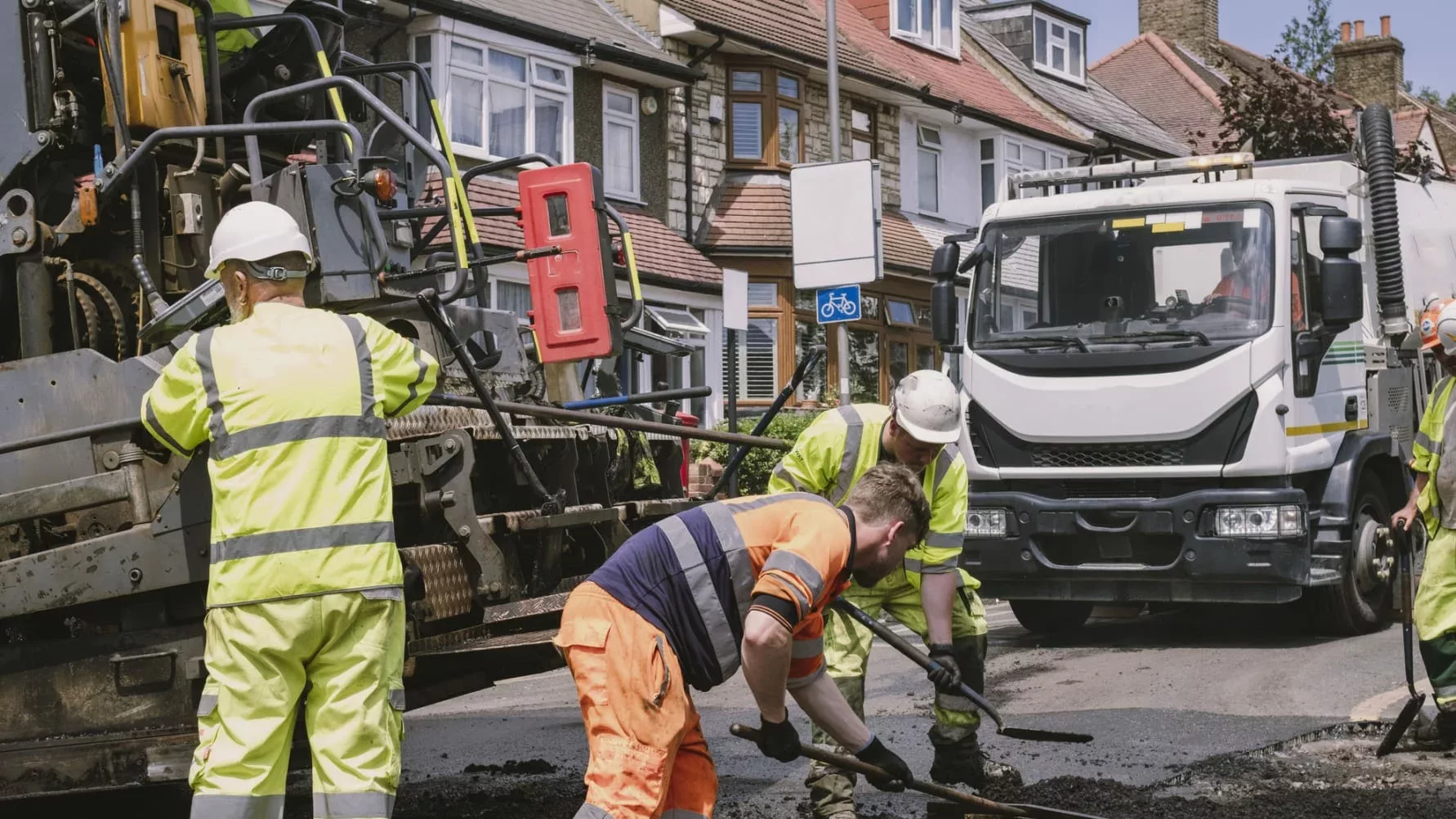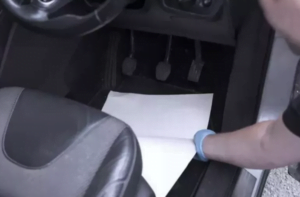Council road maintenance in England dropped by 45% in 2022/23 compared to five years ago resulting in 3,366 fewer miles receiving any kind of improvement work, according to RAC analysis of new government statistics.
It says that, checking RDC0321, 764 miles of A roads were strengthened, resurfaced or preserved in 2022/23, a 37% decrease (458 miles) from 1,222 in 2017/2018. For minor roads listed as B, C, and unclassified, the numbers were 3,380 in the last financial year compared to 6,288 five years before, a drop of 46% (2,908 miles).
Worryingly, just 4% of the 17,853 miles of A roads maintained by councils in England were resurfaced or given life-extending preservation treatment in the last financial year.
Looking at specific types of road maintenance, 1,223 miles of all road types were entirely resurfaced by councils: a small 9% increase on 2021/22 but 22% fewer than six years ago. Meanwhile preservation treatments – such as surface dressing and micro surfacing used to extend the life of roads – fell to their lowest level in five years. Just 2,698 miles of roads were given preservation treatment in the last financial year, a 50% dip on the 5,345 miles treated five years ago and a 25% drop year-on-year compared to 2021/22.
Regionally, more than a third (35%) of the 158 roads authorities in the latest data failed to carry out any road surfacing while six-in-10 (61%) did no preservation maintenance work at all. And over the last 12 months, the average length of roads resurfaced for all authorities was just 17 miles and 28 miles for preservation work.
For two years running, Kent resurfaced the most miles of A roads out of all authorities: 26 miles of its 502 mile-network (5%), three miles less than the 29 it completed last year. Meanwhile, Staffordshire carried out the most amount of preservation work, treating 36 miles of its 412 miles of A roads (9%).
Moving southwest, Gloucestershire topped the tables for the highest number of minor roads resurfaced by replacing 64 miles of its 3,066-mile network (just 2%), while in the East, Norfolk completed the most preservation work by treating 251 miles of 5,573 roads (4.5%).
But the highest percentage of roads were treated in the West Midlands, with Telford and Wrekin resurfacing 18% (nine miles) of its 52-mile network and Sandwell carrying out preservation treatment on 13% (seven miles) of its 54-mile network.
The analysis follows a pre-Christmas period pockmarked with road defects for RAC patrols who attended the highest number of pothole-related breakdowns in any fourth quarter since 2019.
(Picture – RAC)





















